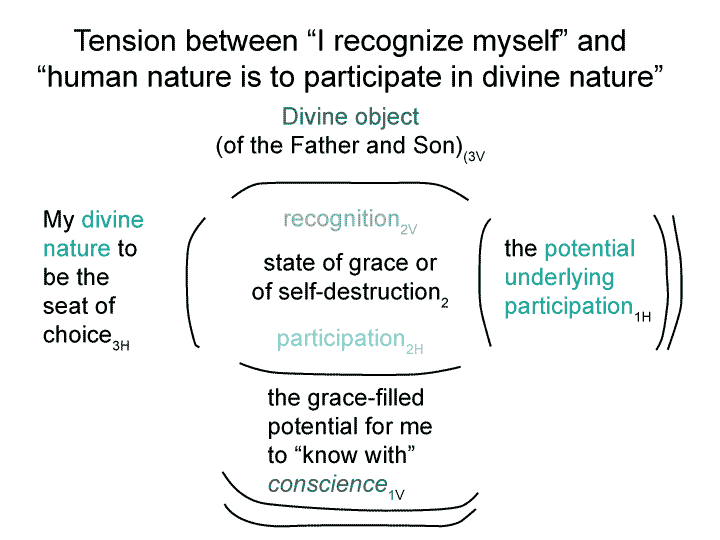Man and Sin by Piet Schoonenberg (1964) 2.2 DK
Summary of text [comment] pages 76 and 77
[How does sin influence the situation?]
Sin restricts the space and community where one can come to love and practice authentic virtue.
For example, a person, in a situation poisoned by sin, may feel that she is in love with another person, but that love lacks important attributes, such as trust.
A situation poisoned by sin restricts concrete freedom.
The person can never find real love, total self giving, simply because it was never a possibility. The ‘never finding’ does not derive from lack of powers, but from the situation, which on account of sin, both personal and original, blinds us to all our powers, especially our freedom to choose.

